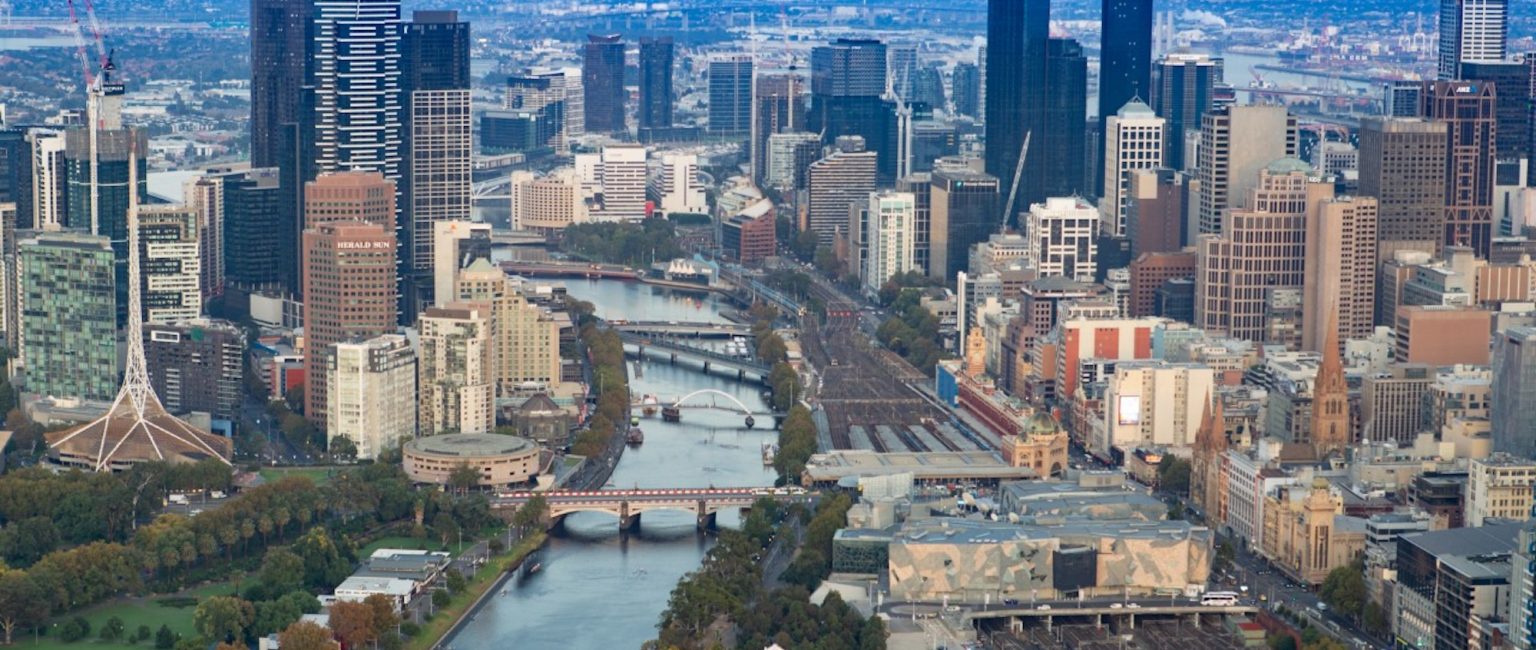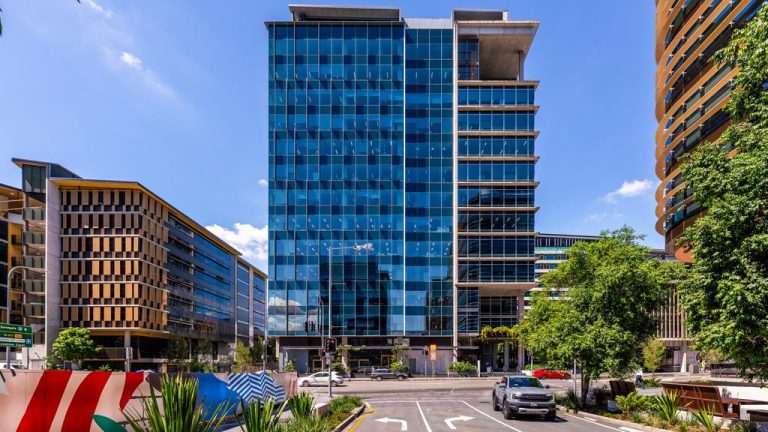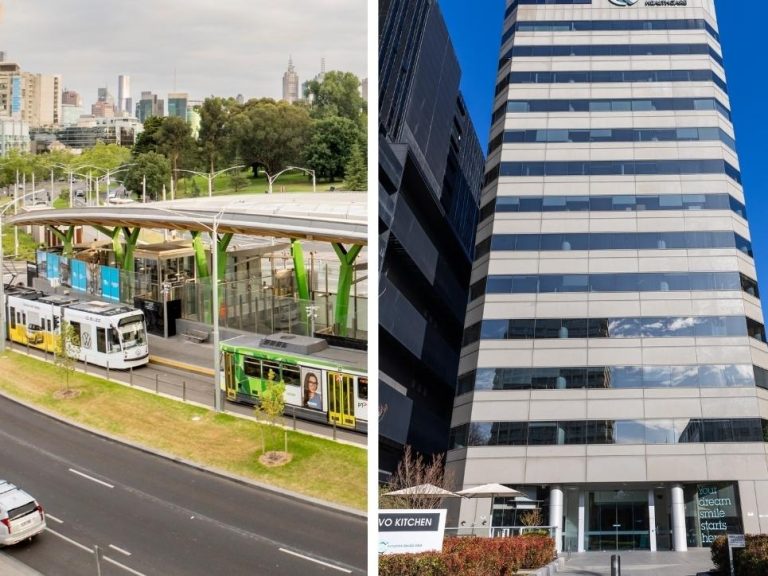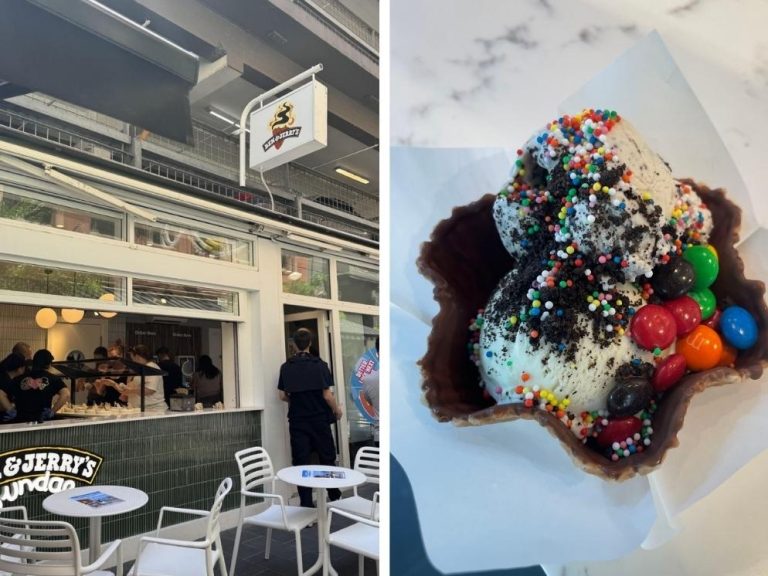Commercial property update: Eight key trends in November 2020

Australia is currently in an unusual recession where there is no shortage of money. Interest rates are at record lows, responsible lending has been relaxed and record levels of government stimulus have been unleashed. And if you have a job, you are likely saving more money than ever before.
The big problem for the economy right now isn’t finance, it is productivity with most people not working in the same way that they were prior to COVID-19. This has led to widespread job losses but has also shifted the way we work. The nature of this recession has big implications for the performance of commercial property.
Here are eight keys trends in Australia’s commercial property market we’re seeing in November 2020.
1. Not all cities are being impacted in the same way
Conditions are of course toughest in Melbourne, which is only now emerging from a prolonged lockdown. Elsewhere in Australia, conditions are looking far more normal and many jobs that were lost have been recovered.
Cities such as Perth and Canberra are actually benefiting from the pandemic with mining, particularly iron ore and gold, and government employment seeing strong conditions.
Regional Australia is also a key beneficiary of the COVID-19 recession. This is again driven by mining but also by what is looking like a demographic shift to many locations outside capital cities.
2. The WFH trend is pushing up office vacancy rates
Working from home is not new but COVID-19 has forced most office workers out of the office, at least temporarily. For now, it is impossible to tell how many people will return to the office in the same way with most companies now going through ‘future of work’ studies to determine how the workplace will look.
Only Canberra is seeing a decline in office vacancy rates compared to the same time last year. Unleashing record levels of government stimulus into an economy requires a lot more public servants and this has created the need for more office space in this region.
Everywhere else we are seeing increases in office vacancy rates, which is likely to continue to creep upwards for at least the next 12 months.
3. Revenge spending won’t help tenant/landlord tensions
Globally, we see an element of “revenge spending” when economies open back up and Australia is no exception. After plunging 17.7% in April, spending bounced back 16.3% in May. The situation in Melbourne pulled total retail spending back but November is likely to look particularly positive given all states are opening back up.
While retail spending isn’t as bad as expected, it does hide the fact that some sectors are doing particularly well (such as large-format retailing and supermarkets), while others are struggling (such as department stores and apparel). Online retailing has also accelerated over the pandemic, which has pulled away spending from physical stores.
And finally, tensions remain between tenants and landlords, which is likely to impact rental levels going forward.
4. Industrial and commercial farming remain the favourites
There are two asset types that investors can’t get enough of on realcommercial.com.au at the moment, and they are industrial and commercial farms with both seeing high levels of enquiry.
Industrial was the most popular prior to the pandemic and changes to online retailing in particular have accelerated this. For commercial farming, it is likely that the breaking of the drought is a key factor.
5. Better conditions for hotels and tourism ahead
It has been a tough time for hotel and tourism operators, however it is likely that these adverse conditions are easing.
State borders remain largely closed but we should start to see many of them easing up in the lead up to Christmas. This will provide strong momentum for domestic tourism.
It is unknown when overseas tourists will be allowed back into Australia and for hotels and tourism operators that rely on this market, this will problematic. The only positive is that Australian tourists have historically spent more money overseas than overseas tourists spend in Australia. With Australian tourists unable to go overseas, this will hopefully mean more spent on domestic tourism.
6. CBDs are going to have to claw their way back post-lockdown

Commercial property in the City of Melbourne has been hardest hit due to strict lockdowns. Picture: Getty
Ground zero for property market troubles is the City of Melbourne.
There are currently almost 12,000 vacant apartments and the number of vacant shops has increased by more than 200 in the region. Office vacancy rate is now in double digits and while the opening up of the Victorian economy is good news, it will take time for these vacancies to be reduced, particularly if we don’t see a return of office workers any time soon.
In other CBDs, we have seen a return of activity but it is still well below where it was in mid-March.
7. There are fewer properties for sale as vendors hold back
The recession is not leading to a sharp rise in distressed sales and the number of properties for sale remains low as vendors hold back. This may be driven by a view that the best price cannot be achieved during a recession, or perhaps a lack of viable options in which to re-invest funds.
8. Property values are likely to be minimally impacted
At this stage, it looks like commercial property values will be far less impacted by this COVID-19-driven recession, particularly when compared to previous recessions. While this is the case, many owners will need to get used to lower rental returns in the short-to-medium term.
Construction levels will also be impacted, particularly in the office and retail.








